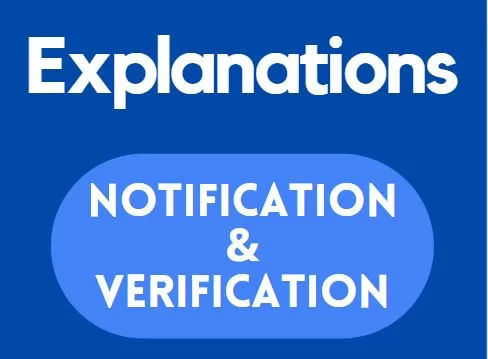Accounts receivable factoring involves a process where a business sells its accounts receivable (invoices) to a third-party financial company (factor) at a discount. The factor then collects payments from the customers on those invoices. Here’s how the notification and verification process typically works:
- Submission of Invoices: The business submits its invoices to the factor for financing. These invoices represent goods sold or services rendered to customers on credit terms.
- Initial Verification: Upon receiving the invoices, the factor conducts an initial verification process. This involves assessing the creditworthiness of the business’s customers, as the factor will be relying on them to make payments on the invoices.
- Notification to Customers: Once the initial verification is complete and the invoices are approved for financing, the factor notifies the customers (debtors) listed on the invoices that payments should be made directly to the factor rather than to the business. This notification often includes instructions on how and where to remit payments.
- Verification of Receivables: As payments start coming in from the customers, the factor verifies the authenticity of the payments and matches them with the corresponding invoices. This ensures that the payments received align with the amounts owed by the customers.
- Reporting to the Business: The factor provides regular reports to the business detailing which invoices have been paid, which are outstanding, and any discrepancies or issues encountered during the verification process.
- Resolution of Disputes: In cases where customers dispute the invoices or there are discrepancies in payments, the factor may work with the business to resolve these issues. This could involve providing additional documentation or communication between the factor, the business, and the customers to clarify any misunderstandings.
- Collection and Remittance: The factor continues to collect payments from the customers until all invoices have been paid. Once payments are received, the factor deducts its fees and advances the remaining funds to the business. This process continues until all invoices have been settled.
Overall, the notification and verification process in accounts receivable factoring is crucial for ensuring transparency, accuracy, and efficiency in managing the financing of invoices and collecting payments from customers. It involves close coordination between the factor, the business, and its customers to facilitate smooth transactions and minimize the risk of disputes or payment delays.

